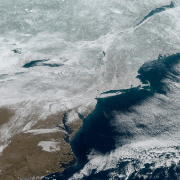-
Posts
34,969 -
Joined
-
Last visited

WxWatcher007 replied to BarryStantonGBP's topic in Tropical Headquarters

WxWatcher007 replied to BarryStantonGBP's topic in Tropical Headquarters

WxWatcher007 replied to BarryStantonGBP's topic in Tropical Headquarters

WxWatcher007 replied to BarryStantonGBP's topic in Tropical Headquarters

WxWatcher007 replied to BarryStantonGBP's topic in Tropical Headquarters

WxWatcher007 replied to BarryStantonGBP's topic in Tropical Headquarters

WxWatcher007 replied to BarryStantonGBP's topic in Tropical Headquarters

